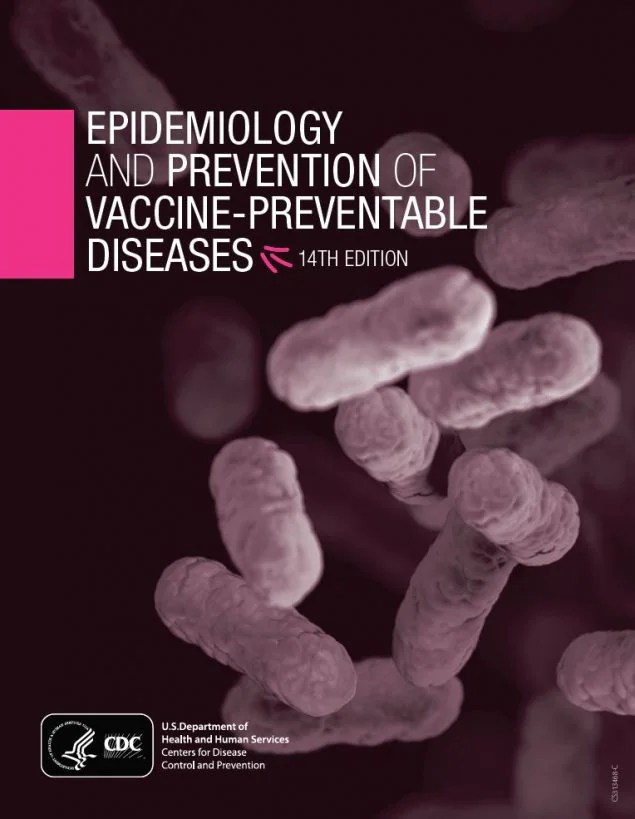Resources and support for your pharmacy
Which of your patients are at increased risk of hepatitis A?
To help protect your appropriate patients from hepatitis A, learn how to identify the situational/environmental and behavioral categories that put adults at increased risk of infection or severe disease.1,2
Merck is committed to providing the resources pharmacists need to help protect the people in their communities. Click the button below to find more pharmacy resources on the Merck Adult Vaccination Program website.
A range of resources

VAQTA pharmacy card


Pink Book
DISCLAIMER: By clicking on the link below, you will be directed away from MerckVaccines.com to another website. Merck does not review or control the content of any non-Merck site. Merck does not endorse and is not responsible for the accuracy, content, practices, or standards of any non-Merck site.
Pharmacy Locator
Our pharmacy locator allows physicians to easily locate those pharmacies offering vaccination in their area for their appropriate adult patients. You can sign up or verify that your pharmacy appears.
References
- Advisory Committee on Immunization Practices (ACIP). Recommended child and adolescent immunization schedule for ages 18 years or younger, United States, 2024. Accessed June 25, 2024.
https://www.cdc.gov/vaccines/schedules/downloads/child/0-18yrs-child-combined-schedule.pdf - Nelson NP, Weng MK, Hofmeister MG, et al. Prevention of Hepatitis A Virus Infection in the United States: Recommendations of the Advisory Committee on Immunization Practices, 2020. MMWR Recomm Rep. 2020;69(No. RR-5):1–38. DOI: http://dx.doi.org/10.15585/mmwr.rr6905a
